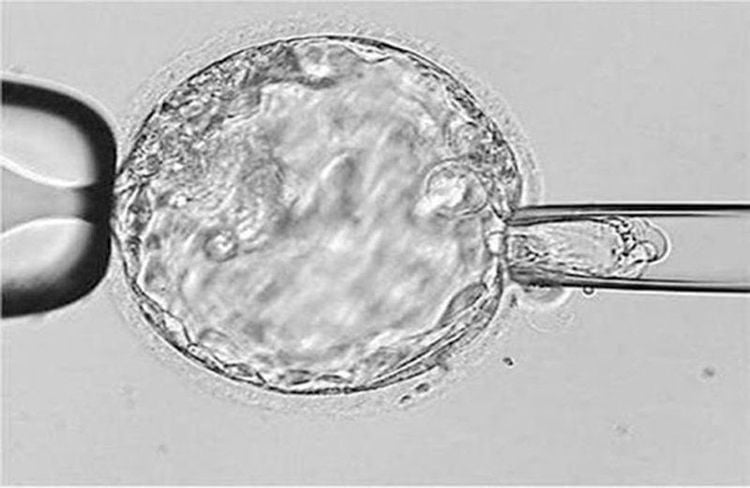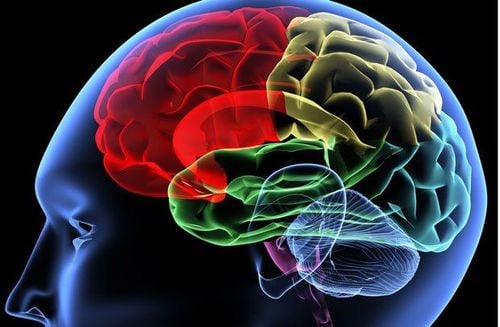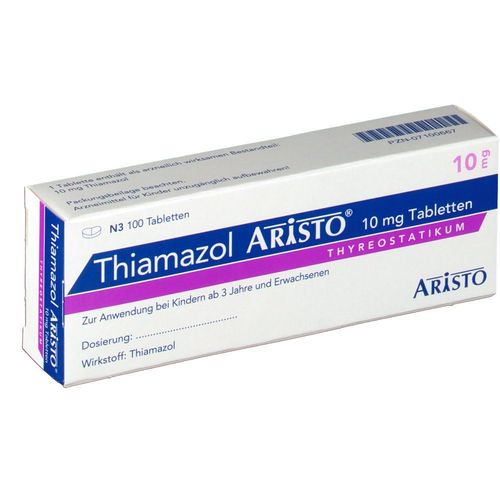This is an automatically translated article.
Tumors of the ventricles are difficult to intervene, easy to hurt during surgery. Therefore, the endoscopic method of endoscopic brain tumor biopsy to take tissue samples for biopsy plays an extremely important role in the treatment of patients.
1. An overview of ventricular tumors
The brain is a mass of soft, spongy tissue protected by the bones of the skull and three layers of meninges. Cerebrospinal fluid circulates in the brain, buffering water for the brain. Cerebrospinal fluid flows through the space between the meninges and the space in the brain - called the ventricles. The brain is responsible for directing what the body does actively or the body does unconsciously. In addition, the brain is responsible for the senses, memory, emotions and personality.Ventricular tumor is a condition in which a tumor occurs in the ventricles. Tumors form due to the proliferation of abnormal cells that clump together. Ventricular tumors can be benign or malignant.
Ventricular tumors cause a number of symptoms including: Headache, nausea and vomiting, difficulty with balance and walking, voice, hearing or vision changes, memory disturbances, sleep disturbances sleep, epilepsy, pale skin, changes in personality or ability to concentrate, numbness or tingling in the limbs,...
When a brain tumor is suspected, the doctor will perform one or more diagnostic measures including: Physical examination, neurological examination, cranial computed tomography, magnetic resonance imaging (MRI). In addition, the patient may need additional tests such as angiography, cranial X-ray, and biopsy.
2. The necessity of endoscopic surgery to biopsies ventricular tumors
Along with the development of imaging tools such as computed tomography, magnetic resonance imaging, the detection of patients with lesions in the brain, especially brain tumors, becomes simpler. The choice of appropriate treatment method and the prognosis of treatment effectiveness depend on the nature of the tumor as benign or malignant.
To evaluate benign or malignant tumors, it is necessary to obtain a specimen from the tumor for surgery. Sample collection can be done through open surgery. However, for ventricular tumors or other types of brain tumors located deep in the brain parenchyma or functional areas of the brain, surgical methods can cause damage to healthy brain tissue, easily endangering the patient's life or to severe sequelae. In this case, the biopsy sample is of great significance.
Currently, brain tumor biopsies can be done via open biopsy or localized biopsy. Open biopsies are performed for superficial lesions of the cortical surface. As for small lesions, located deep in the brain parenchyma, open biopsy is difficult to obtain tissue samples accurately. Therefore, the endoscopic biopsy option based on the guidance of the positioning system has become the optimal choice for accurate tissue sampling, minimizing damage to healthy brain parenchyma.

Sinh thiết u não giúp điều trị u não thất
3. Endoscopic surgical procedure for biopsy of ventricular tumors
3.1 Designation
Indications for endoscopic biopsy of ventricular tumors for intraventricular tumors and tumors in the lateral and third ventricles accompanied by ventricular dilatation.
3.2 Preparation
Implementation personnel: Neurosurgeon, assistant; Equipment: Skull drill, bone scraper, bone splitting tool, bone wax; ventricular endoscopy system (flexible endoscope with 4mm outside diameter or rigid endoscope with 6mm outside diameter if the ventricles are dilated, light source, leads, irrigation system, monitor, monopolar or bipolar burning); biopsy forceps; Nerve localization system (used in cases where the ventricles are not dilated much or the anatomical structure of the ventricles is changed) to determine the craniotomy point and the biopsy trajectory of the ventricular tumor; Patient: Having been diagnosed with a ventricular tumor, having other body parameters checked, and having doctors share information about the purpose of surgery, the procedure, and possible complications. ..; Medical records: Complete patient information, no contraindications for surgery under anesthesia; Brain MRI before surgery so that the doctor can understand the imaging features before surgery.
3.3 Performing surgery
Check records according to regulations; Checking the right patient, the right disease; General anesthesia ; Place patient in supine position with head elevated 30°; Determining the location of the skull drill: Usually 1cm from the frontal joint, 2-3cm from the midline, about 6-14mm wide; the location of the cranial borehole may vary in each specific case depending on the location of the ventricular tumor; Open the sclera in the shape of a cross, using the endoscope system to observe the tumor; Choose the site with the fewest blood vessels, use biopsy pliers to take the tumor sample, pay attention not to burn on the tumor before biopsy because it can change histology, do not try to take much and limit twisting manipulations on the tumor. ; Burn hemostasis on the tumor, pump the cerebrospinal fluid.
3.4 Monitoring and managing complications after surgery
The rate of complications during and after endoscopic ventricular biopsy is relatively low, no more than 13% and the mortality rate is only 0.7%. Some possible complications are:
Uncontrollable bleeding (also known as intraventricular hemorrhage), should be managed by placing an external ventricular drain; Epilepsy : Prophylaxis using antiepileptic drugs in all cases of brain invasive procedures; Meningitis : Identify the causative agent and use the appropriate antibiotic; Ventricular dilatation: If the cause of acute ventricular dilatation is bleeding, it is necessary to place an external ventricular drain. If ventricular dilatation is late, it is necessary to place VP - Shunt; Transient Parinaud's syndrome: Manage according to the indicated regimen; Hematoma in the brain: Depending on the size of the hematoma can choose conservative treatment or surgery.

Viêm màng não có thể xảy ra sau phẫu thuật
Laparoscopic surgery to biopsies ventricular tumors is an important procedure and has a high safety rate. However, patients still need to work well with their doctors to minimize the risk of unwanted risks during and after this procedure.
Vinmec International General Hospital with a system of modern facilities, medical equipment and a team of experts and doctors with many years of experience in neurological examination and treatment, patients can completely peace of mind for examination and treatment at the Hospital.
To register for examination and treatment at Vinmec International General Hospital, you can contact Vinmec Health System nationwide, or register online HERE.
MORE
Are mediastinal tumors dangerous? Mediastinal tumor removal by open surgery How to treat mediastinal tumor?













